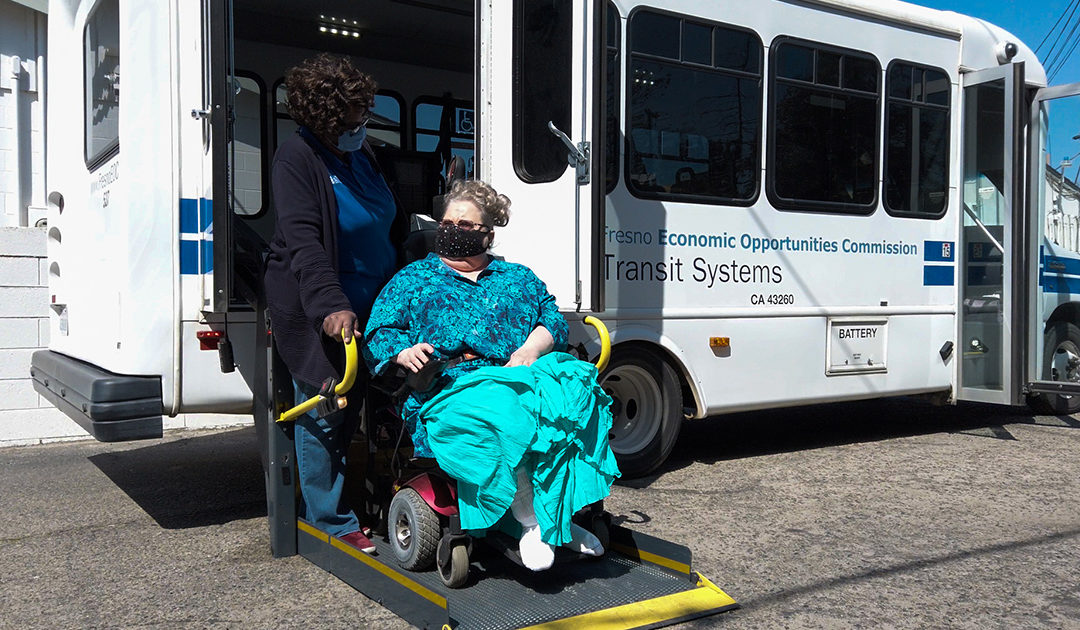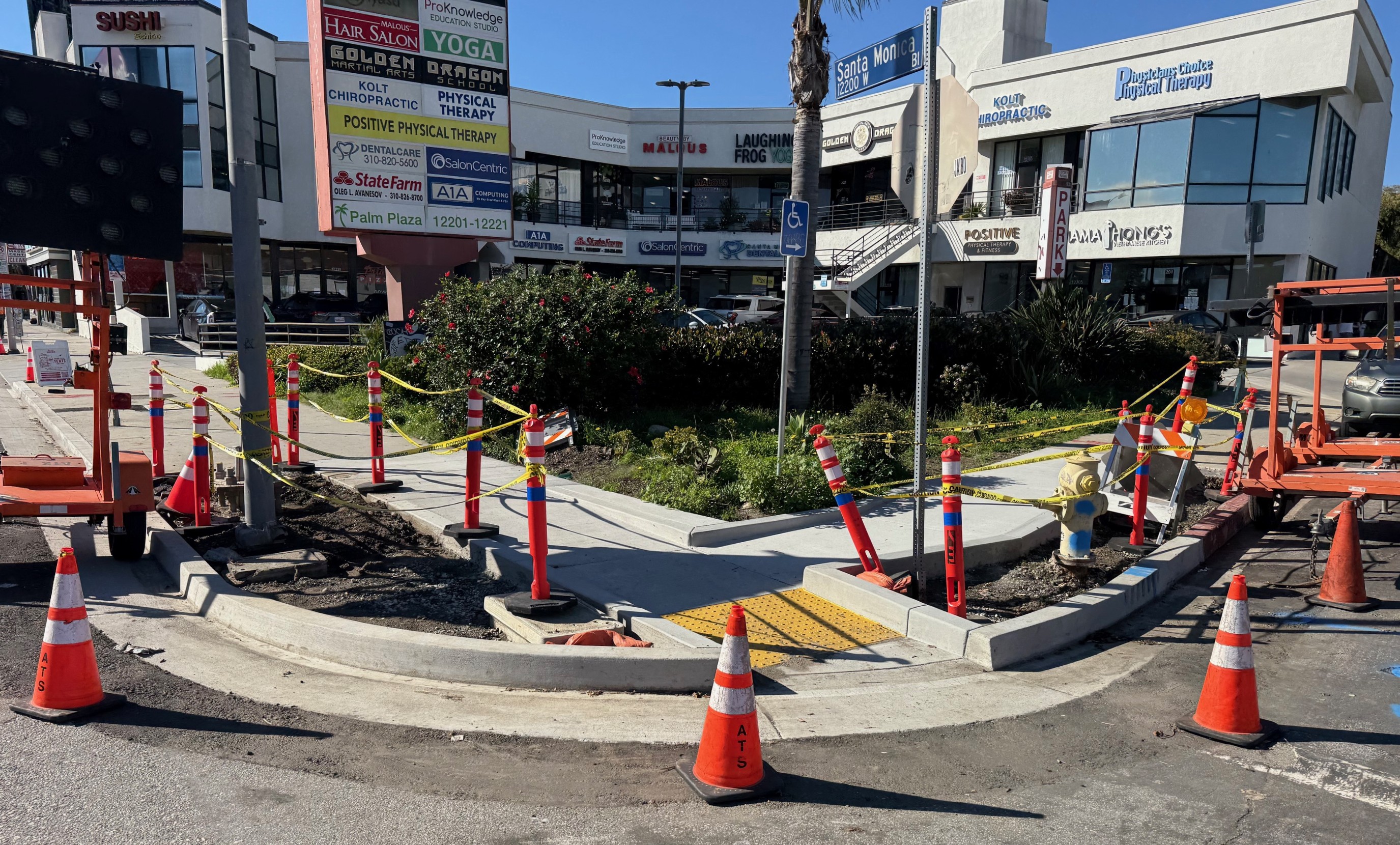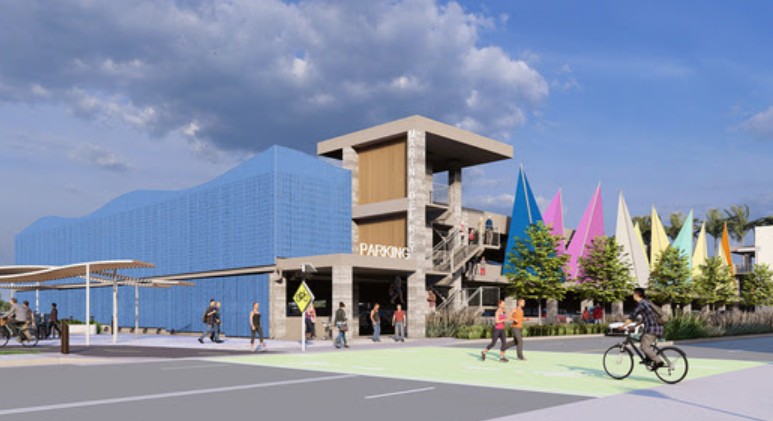(This post was provided by Hayden AI. Hayden AI is a global leader in smart enforcement technologies powered by artificial intelligence. Find out more about how their digital traffic enforcement platform increases safety, efficiency, and sustainability at Hayden.ai)
Renee Autumn Ray, is Senior Director of Transportation Policy at Hayden AI
Public transportation plays a vital role in the lives of Californians – but it is essential for older adults who no longer drive and for people with disabilities, who rely on public transit more than others.
However, disabled people and older adults often encounter unnecessary obstacles – and even danger – when trying to board or exit transit buses. Illegally parked cars obstruct curbs and curb cuts and prevent transit bus operators from deploying the ADA ramp for wheelchair access.
Passengers may be forced to navigate into the street to board or exit, or it may become physically impossible for them to access the bus at all, as disability advocate Gregory Mansfield noted:
A simple note to drivers:
— Gregory Mansfield (@GHMansfield) November 17, 2018
When you block a curb ramp, a wheelchair user cannot cross the street.
When you park in a bus stop,
a wheelchair user cannot get on the bus.
A car parked illegally, even for a minute, hampers the mobility of disabled people.
Bus transit systems use kneeling bus mechanisms or other low-floor designs for an important reason – to provide safe access for riders with a minimal height difference between the curb and the bus entry or exit. Obstructed bus stops can negate these systems and render bus boarding and exiting unsafe by definition. It is a serious problem that cannot be ignored.
It is also an incredibly common problem, although often overlooked. One recent survey of 2,900 bus stops in San Francisco found that approximately “one third of all stops are obstructed by on-street parking, rendering them difficult to use and exposing riders to oncoming traffic.”
Anecdotally, the problem is more often illustrated in tweets like this one:
What’s up with people continuing to park and block this bus stop @SFMTA_Muni? I don’t want to have to step into the road to catch bus, and anyone here in a wheelchair would be screwed. Where is the enforcement? pic.twitter.com/GEAc0TNxEa
— Judah (@judahistweeting) September 24, 2022
It is crucial for drivers to understand that parking illegally at bus stops is a serious offense with significant consequences. Moreover, transit agencies must proactively address this problem and implement measures to prevent it.
Fortunately, the California legislature enacted A.B. 917, a law that allows transit agencies to install cameras on buses that automatically issue tickets to illegally parked vehicles at bus stops. While much attention has been focused on the bus lane enforcement aspect of this law, for many transit systems, it is bus stop parking violations that not only slows down transit, but create unsafe conditions for riders.
In Washington, DC, WMATA recently became the first US agency to implement this technology for keeping bus stops clear. As the General Manager Randy Clarke noted, “For people to use buses, we need them to be faster and more reliable. That can't happen if cars are blocking the bus lanes that are supposed to keep buses moving… Bus stop zones are equally important to keep clear so that buses can pull up to the curb so customers of all abilities have a safe way to board or exit."
California prides itself on being first in implementing innovative, progressive policies to promote safety and the public good. The state legislature did that by passing AB 917, to empower transit agencies to help ensure that older adults and disabled people have equal opportunities for employment, education, leisure, and other activities.
Now it is time for transit agencies across the state to take action and stand up for the right of their older and disabled riders to freely use any bus stop on their system. Bus stop zones are for buses and their passengers – not illegally parked cars – and transit systems can now move forward to enforce that principle and law.
Editor's Note: The AC Transit Board of Directors recently approved launching an automated bus stop and bus lane enforcement program, becoming the first agency in California to deploy technology to keep bus stops clear of illegally parked cars. Read the story on Streetsblog here.







